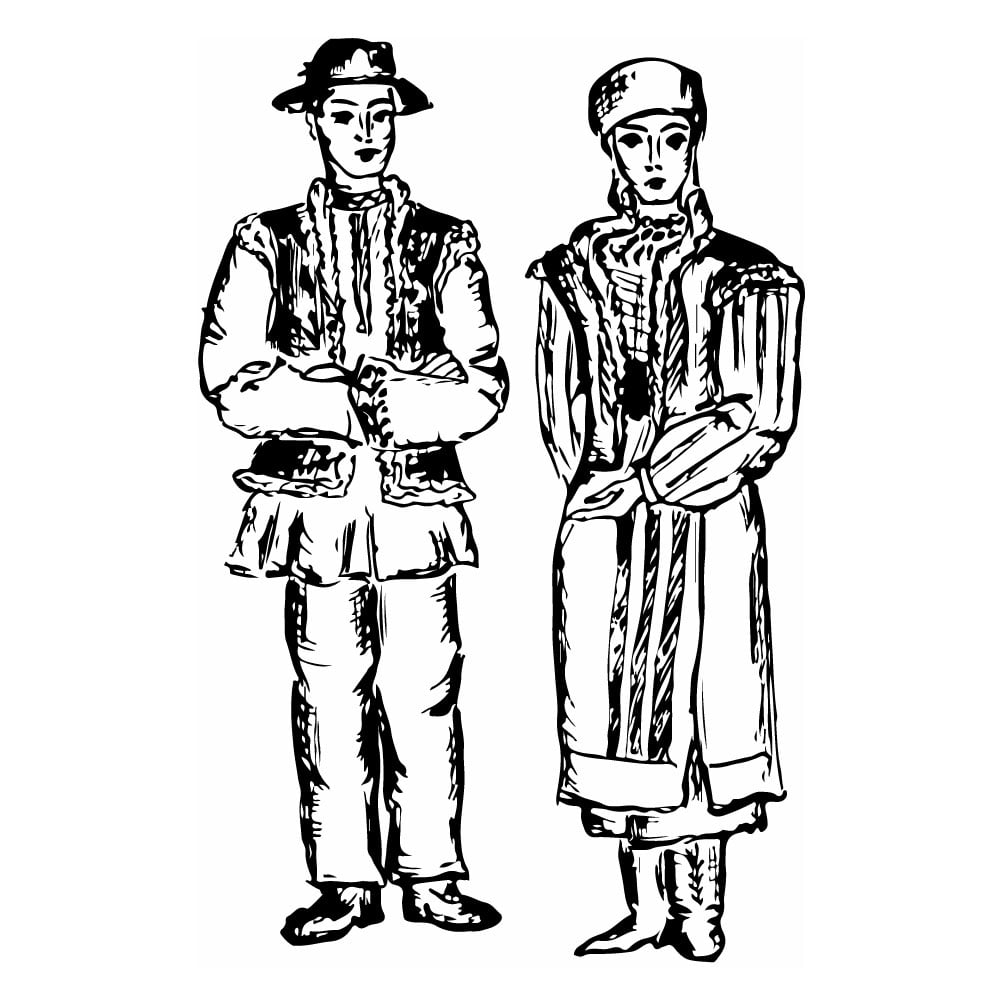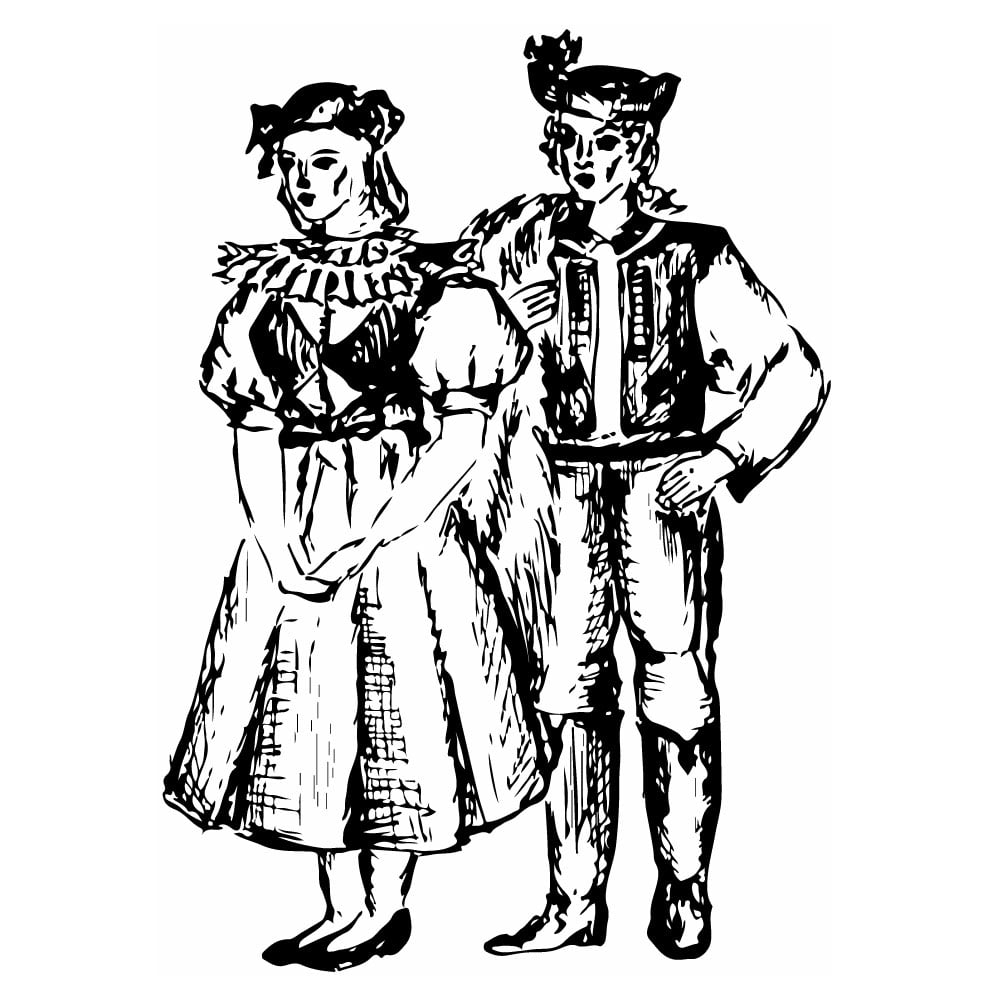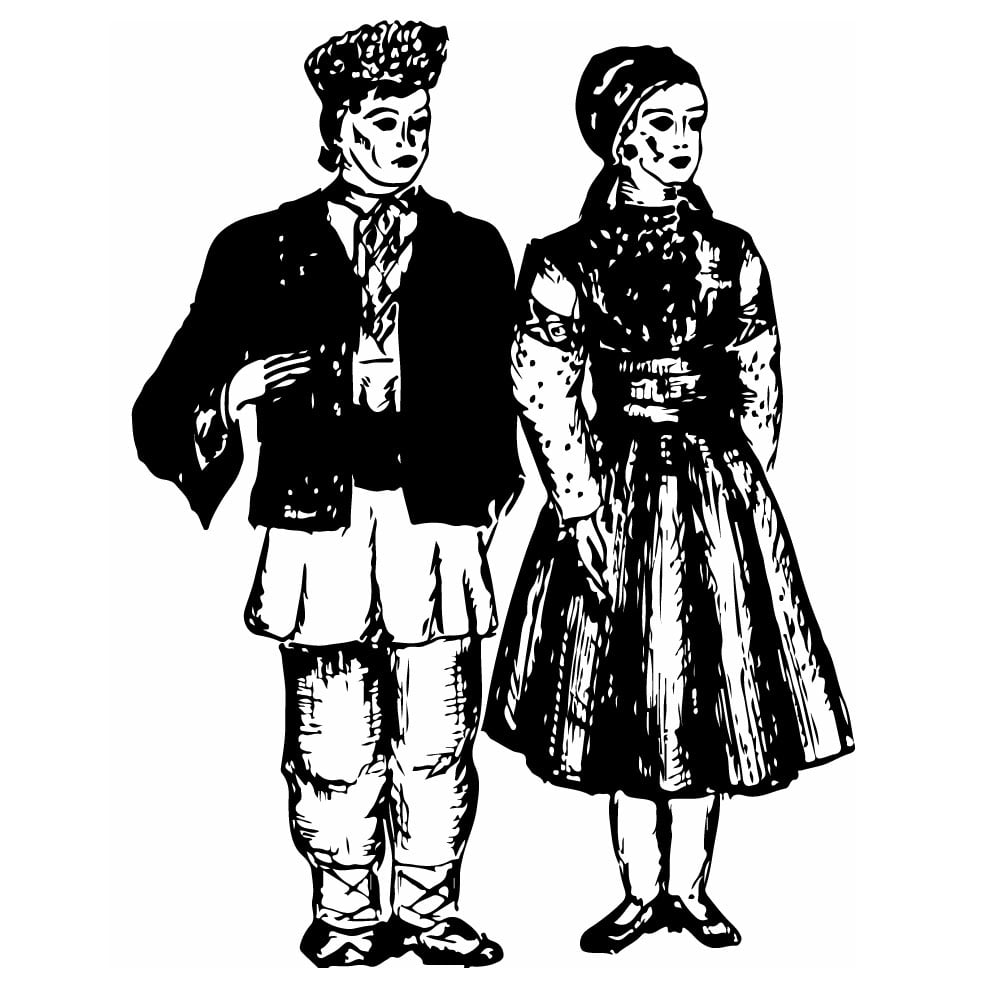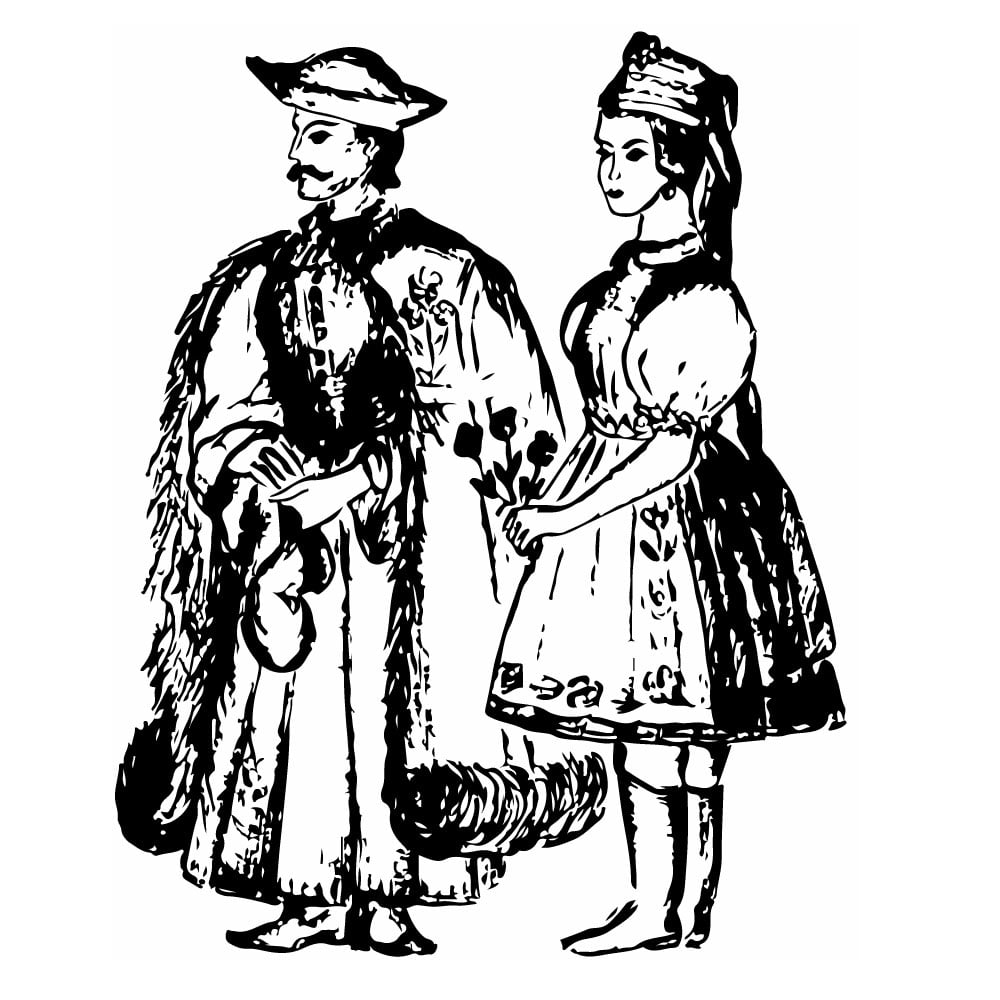Moldavians
| Population | 3,352,000 |
| Language group | Romanian languages |
| Language | Moldavian |
| Region | Moldova |
| Religion | Christianity |
*Population estimates for 1994
Moldova is situated in the southwestern part of East European plain, chiefly between the Prut and Dnestr rivers. In the West, along the Prut River, it borders on Romania and in the East it borders on Ukraine.
Moldova is called “the sunny country.” The sun shines here brightly and for a long time. Moldova is notable for great diversity of landscapes; here one can see picturesque hills, plains, steppes and forests.
The territory of the present Moldova has been inhabited from times immemorial. This land along with the Baltic states was one of the most ancient hearths of agriculture in Europe.
The ethnogenesis of Moldova has two stages. The first is the formation of the East-Romanian community (the Valakhs) and the second is the shaping of Moldavian nationality proper. The Valakhs lived in the area embracing the North of the Balkan Peninsula and the foothills of the Carpathian mountains. They were formed on the basis of several Thracian tribes that were Romanized in the opening centuries of AD and later influenced by the Slavs and other ethnic groups in the sixth century. In the course of ethnic development, the Moldavian nationality became distinguished against the rest of the Valakhs. It became completely formed while being a part of the Princedom of Moldova.
The Moldavian written language originated in the old Slavic-Cyrillic alphabet. The first texts in Moldavian date back to the fifteenth and early sixteenth centuries. Approximately 96% of Moldavians consider national language as their mother language.
Moldavians (or Moldoveni as they call themselves) constitute the main population of the Republic. They also live in Ukraine and Russia.
For centuries the main trait of national clothing has been outlined. At present some rural people still wear some articles of national garments. For example, men wear fur and cloth sleeveless jackets and lambskin hats. Elderly women continue to wear shirts, skirts and blouses of old traditional cut.
Host of the rural population is fond of artistic handmade goods. In many villages people still weave carpets, blankets, and towels.
Many traditions and customs are connected with everyday labor, such as Florille (the festival of vegetation), Duminica-mare (Trinity holiday), and Dragaike (the harvest holiday). Particularly popular are folk drama performances staged during New Year and Christmas holidays.
Modern Moldavian music is very rich. One cannot image a holiday without music, lyrical songs (doynas), and spirited dances.
The religious creeds of the Moldavians originated in the beliefs of Thracian tribes. Later they were influenced by old Greek, Roman and Slavic ideas. However, Christianity was not deeply rooted in the minds of the people. A number of widespread pagan beliefs hampered its development. As a result of all this, the Moldavians have the so-called “household” Orthodox belief mixed with several occult practices worshipping idols and spirits of nature.
Some of the national traditions were connected with the belief in the existence of good and bad family-natured spirits, such as grass-snake (the protector), spirits of nature (mermaids, snakes), and vicious creatures such as devils and werewolves.
This is Ad 1





























